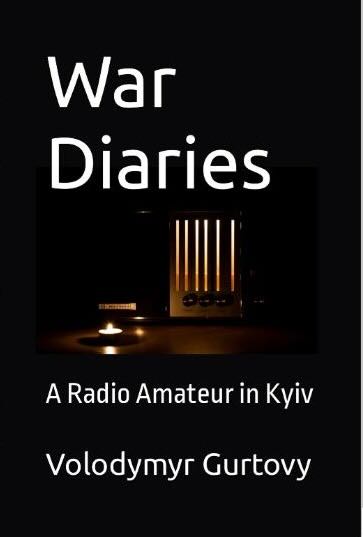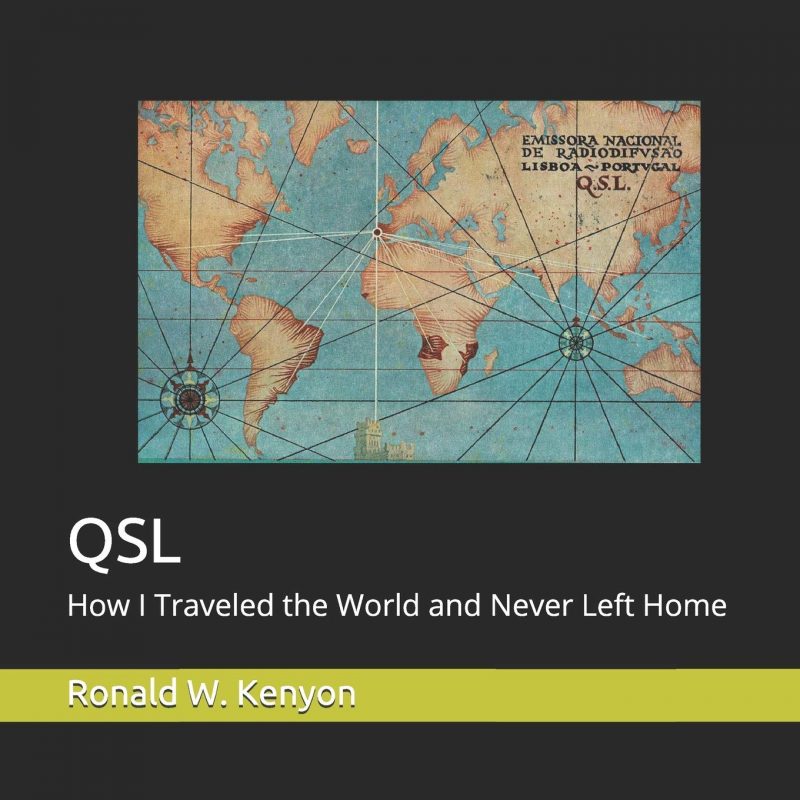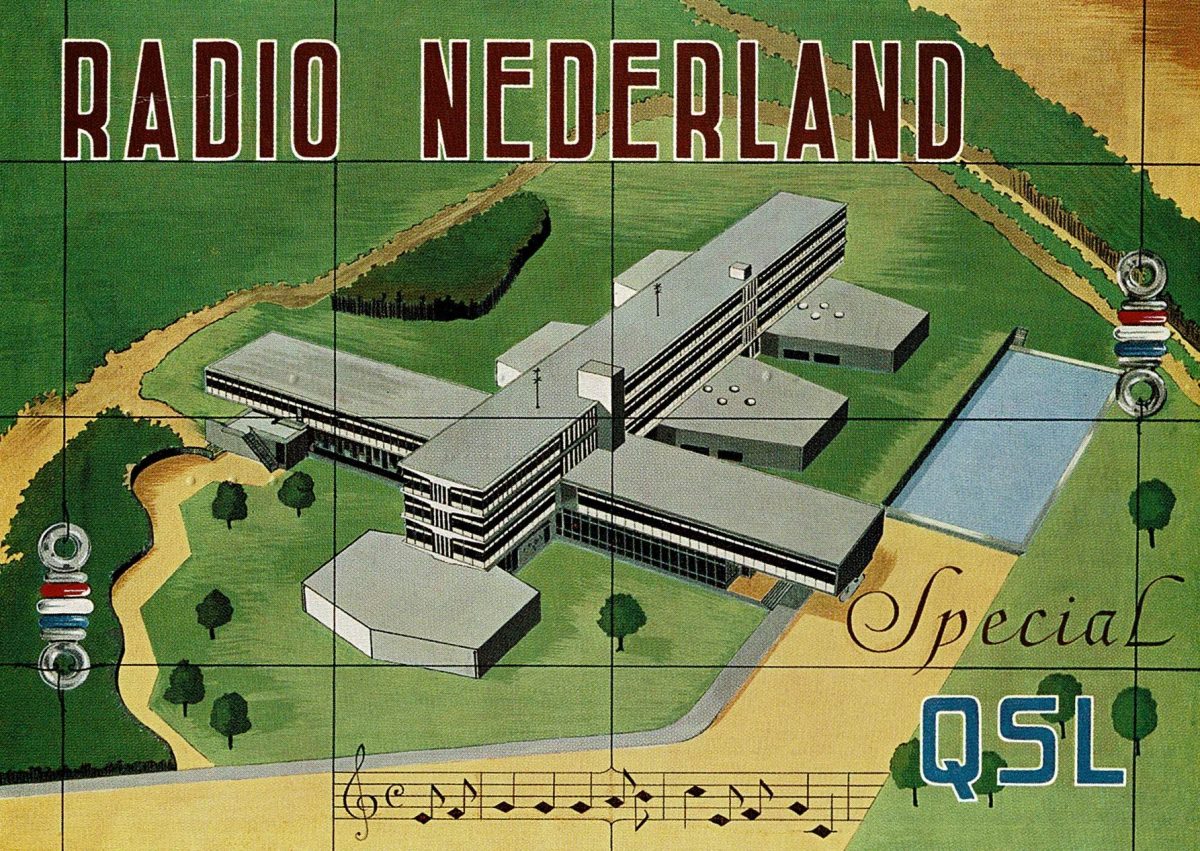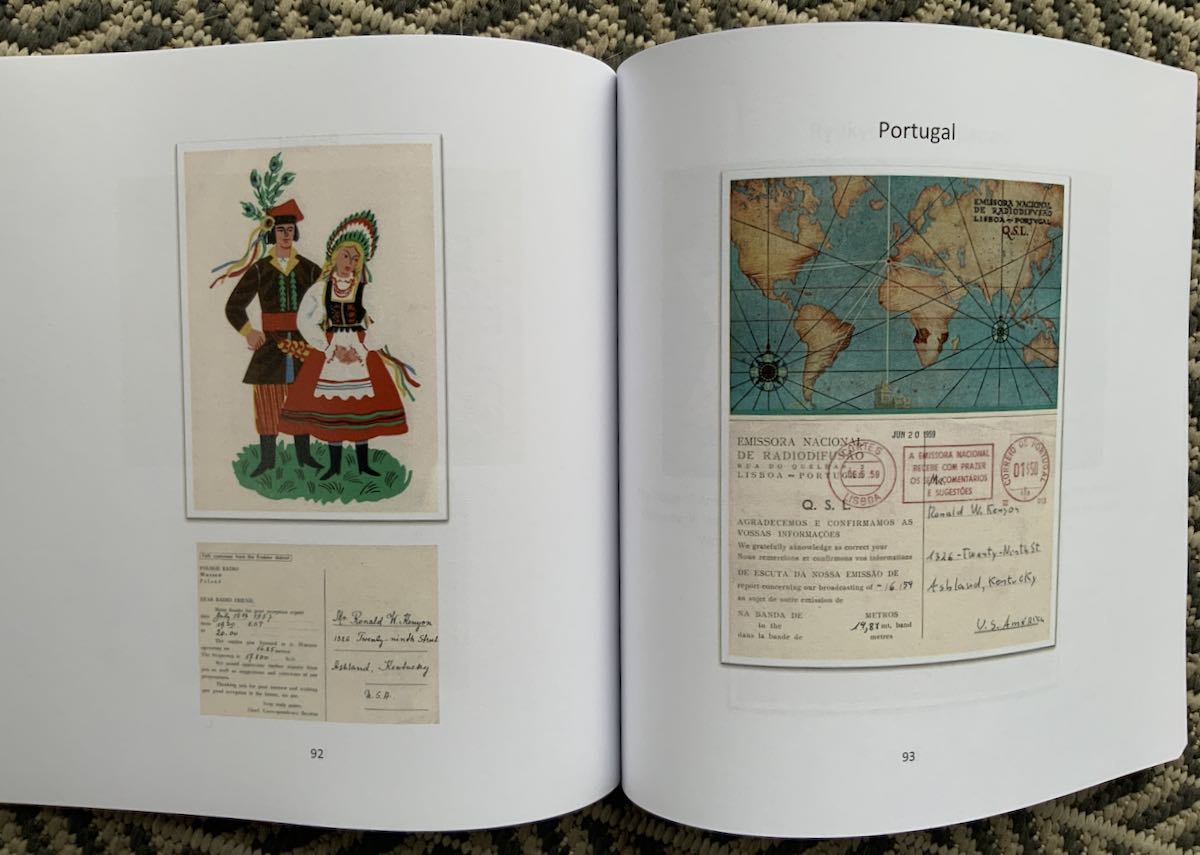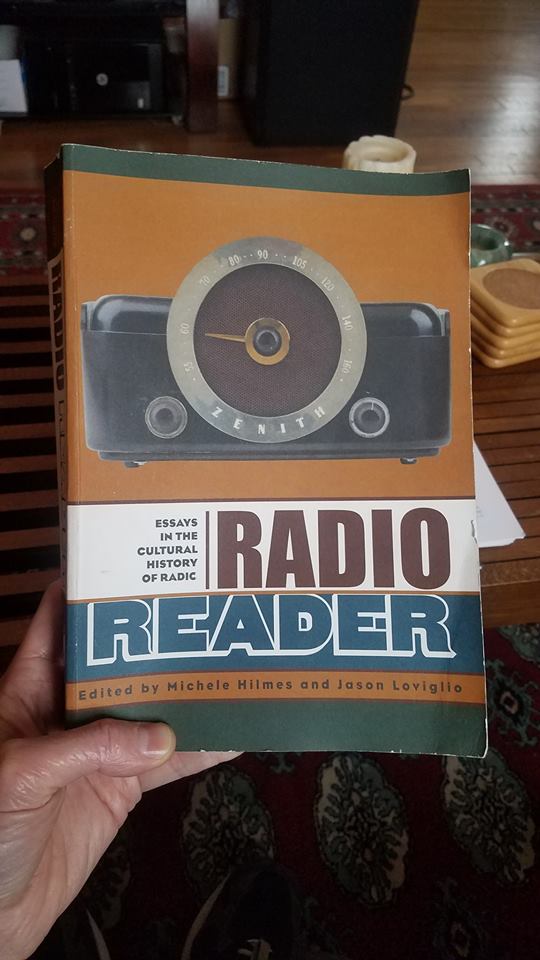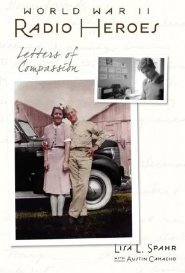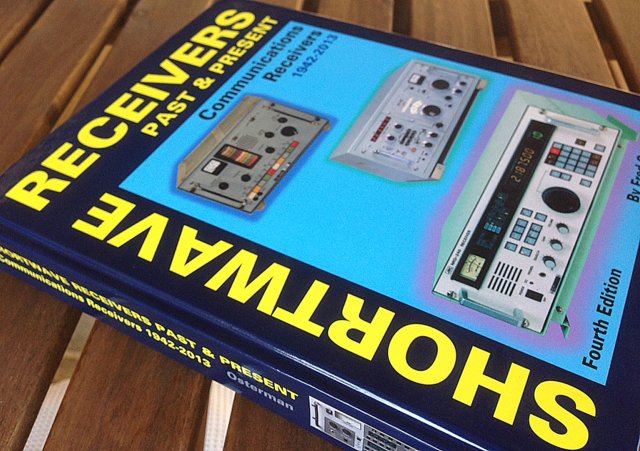
Last month, I received an unexpected–and most welcome–package: a copy of Fred Osterman’s Shortwave Receivers Past & Present, now in its fourth edition. My copy was a signed version, sent to those who contributed to the volume. Although my contributions to this impressive and highly comprehensive work are quite modest, I was grateful nonetheless; author Fred Osterman is not only a good friend, but a radio mentor. He’s also a supporter of my non-profit, Ears To Our World (ETOW); indeed, without his warm encouragement, I doubt I would have launched that enterprise so successfully. Fred continues to support ETOW in innumerable ways. And more than anyone else I know, Fred is a guru of all that is shortwave radio. As the president of Universal Radio, he has the good fortune of seeing a number of new/used radios appear on his doorstep every day, many of which are quite rare. In short, Fred Osterman knows his stuff.
But what a pleasure, to be able to recommend whole-heartedly this book, not because my long-time mentor penned it, but because it is…well, good. Really good. The first time I opened Shortwave Receivers Past & Present, I couldn’t put it down for nearly an hour.
Why? First of all, to say that this reference is chock-full of information about shortwave receivers is an understatement. It catalogs virtually every model of any significant receiver about which I’ve ever heard; that alone is fascinating. But there’s more. This volume lists receivers–and even manufacturers–that are entirely new to me. Clearly, if you’re intrigued by all things shortwave, this book has much to teach…
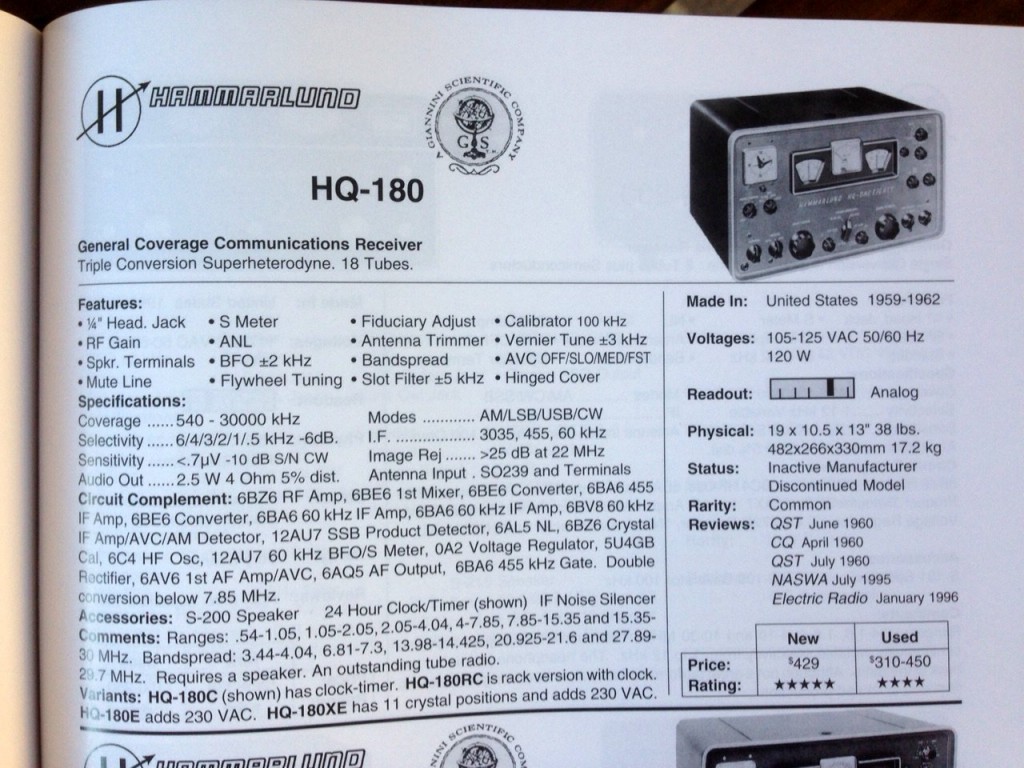
Each section of Shortwave Receivers Past & Present lists the most relevant information about each receiver model–features, specifications, internal components, accessories, readout type, physical dimensions, review notes, current pricing. (Click to enlarge)
The book is logically laid out by manufacturer and model; each section devoted to a particular model and all of its iterations are noted. As you can see in the example above, in-depth information including the author’s comments are provided, as well as the vitals on each rig–features, specifications, internal components, accessories, readout type, physical dimensions, review notes, current pricing–all beautifully and clearly presented. Clear black-and-white pictures of the radios as well as manufacturer logos are also shown.
While one can, of course, research radios online, rarely can you find all the information you seek so complete; this book has done all the painstaking work for you, and made it infinitely more convenient.
Secondly, Shortwave Receivers is a quality publication. Back in the 1990s, I had the good fortune to work in university archives for a period of time; since then, I notice things others might overlook–binding, paper, quality of print. This book feels like the archival volume it is, with heavy, glossy pages, a robust binding and sturdy spine. It feels like one of those heavy encyclopedias you might have found in libraries in the past, created to endure many page turns and, indeed, stand the test of time.
As heavy as this book is–and it is very heavy, I admit–I think I might start carrying it to hamfests, especially to those with antique radios (i.e. “boat anchors”) on offer. With this work in tow, not only could I determine, on the spot, if a particular model of radio is a bargain, but also tell at a glance if it’s rare, if the components can be sourced readily, and anything else noteworthy I really ought to know about it. This would give me a leg up when bargaining, not to mention, make the whole radio experience more fun.
Indeed, if you collect or restore vintage shortwave receivers, or dream of doing so, this book is an absolute must. That’s the power of a proper reference book with an author who is as passionate about these receivers as the readers.
In short: I highly recommend Shortwave Receivers Past and Present. At $49.95 US, it’s pricier than most individual books; however, considering its role as an all-in-one encyclopedic reference, it’s a value that will serve you for decades.
But if you do obtain a copy of Shortwave Receivers, I leave you with a warning: if you’re like me, you may find it just about impossible to put this book down.
Purchase Shortwave Receivers Past and Present, Fourth Edition at Universal Radio.
[Note to international readers: international shipping costs are substantial on this book, no doubt due to its significant weight and dimensional size. Just make sure you note shipping costs prior to purchasing.]
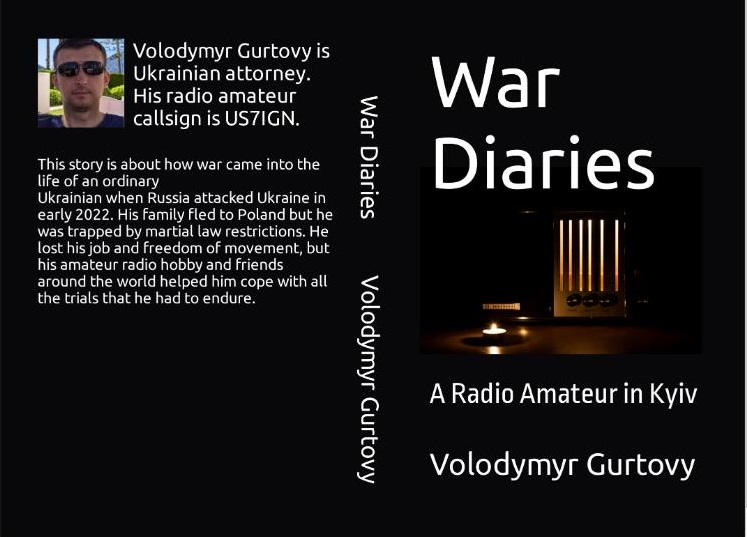 I highly recommend grabbing a copy of War Diaries. It’s available on Amazon.com as an eBook for $5.99 and even as a hard or soft cover print book.
I highly recommend grabbing a copy of War Diaries. It’s available on Amazon.com as an eBook for $5.99 and even as a hard or soft cover print book.
